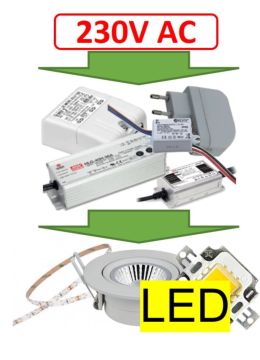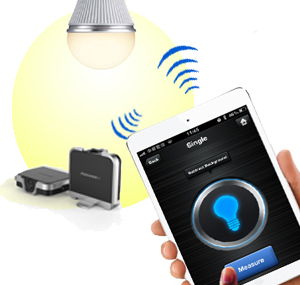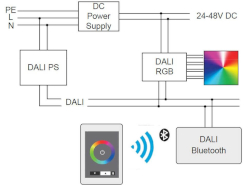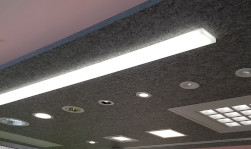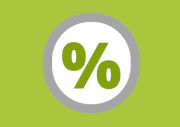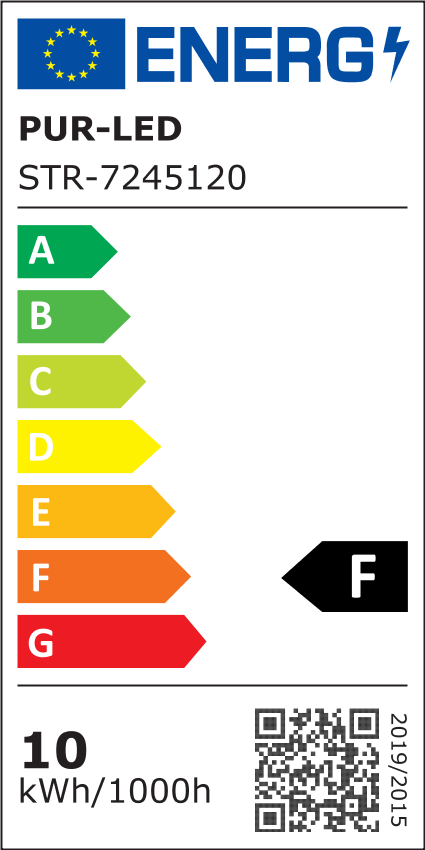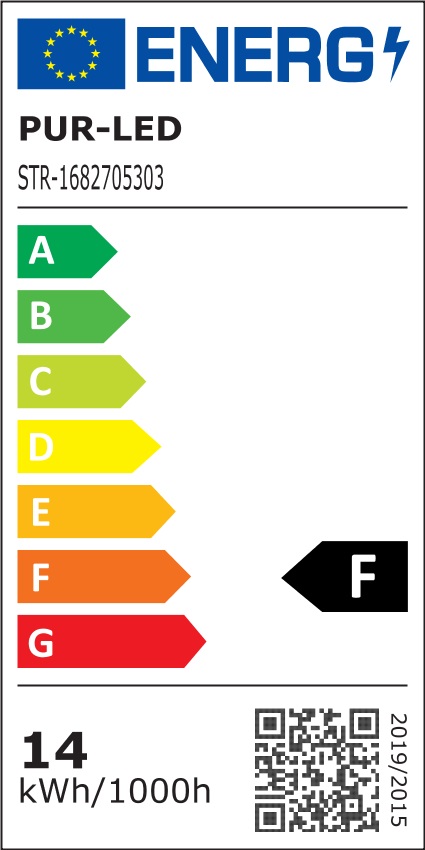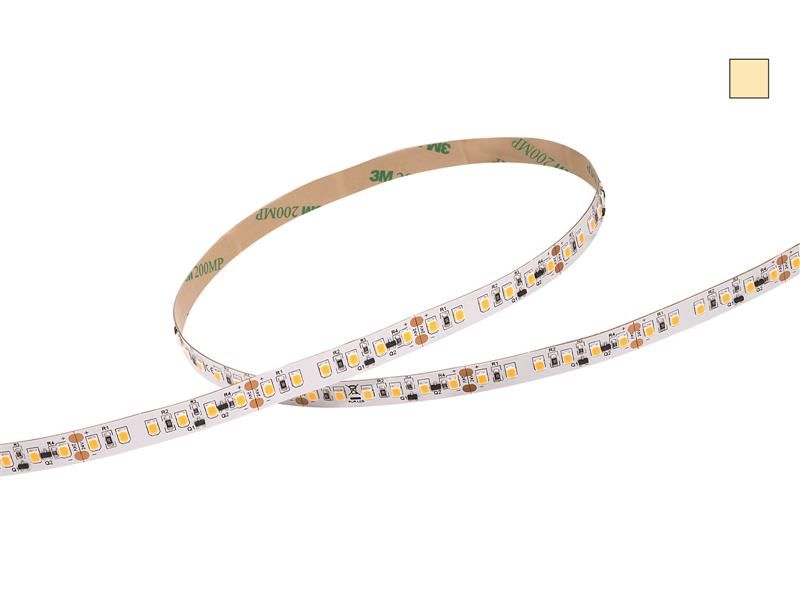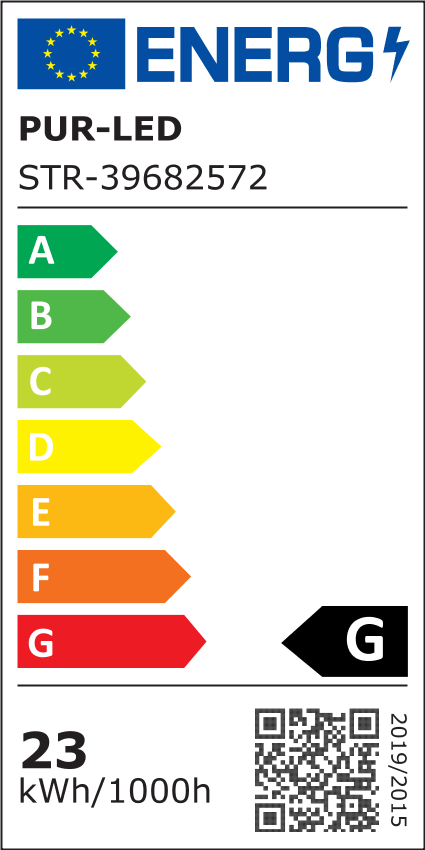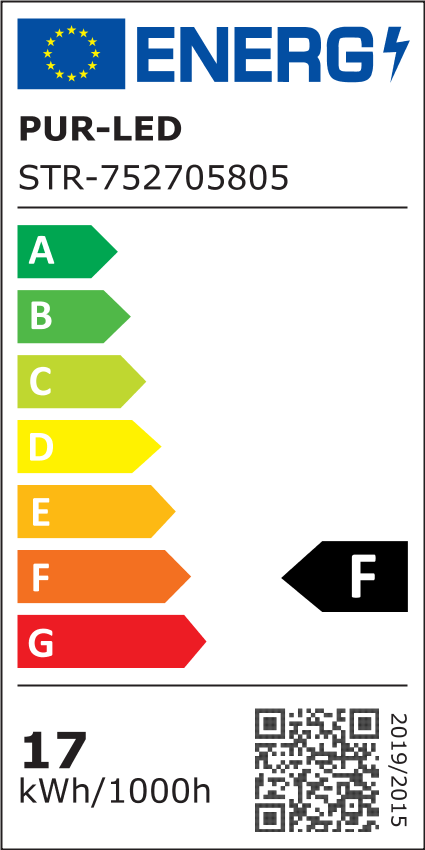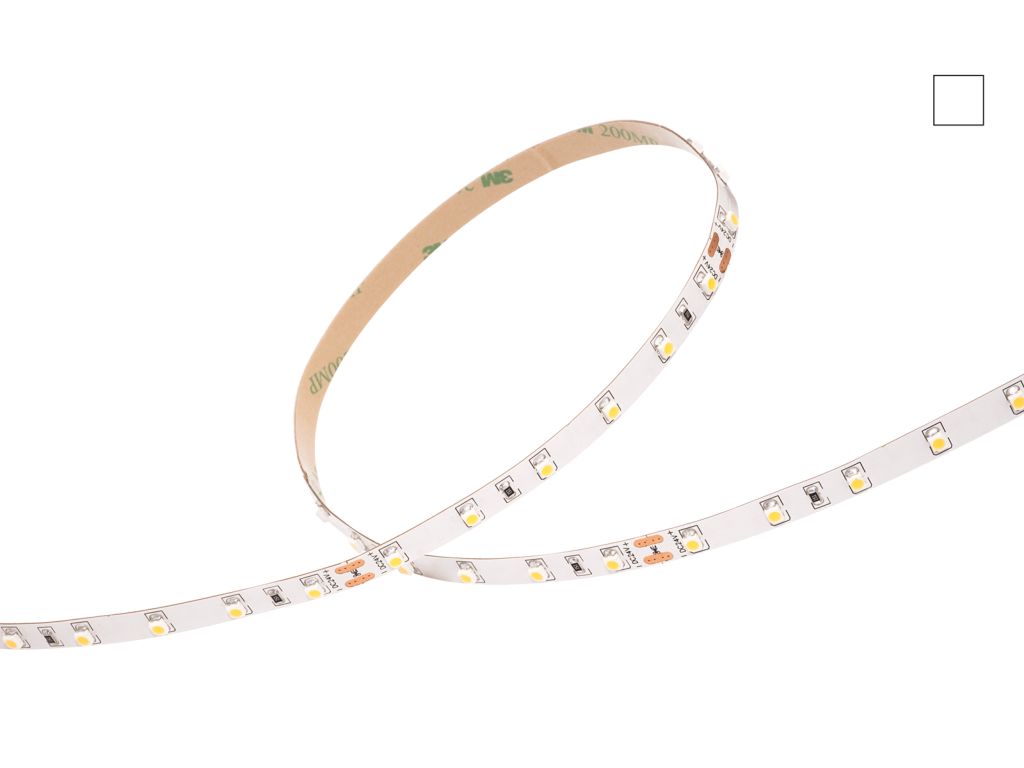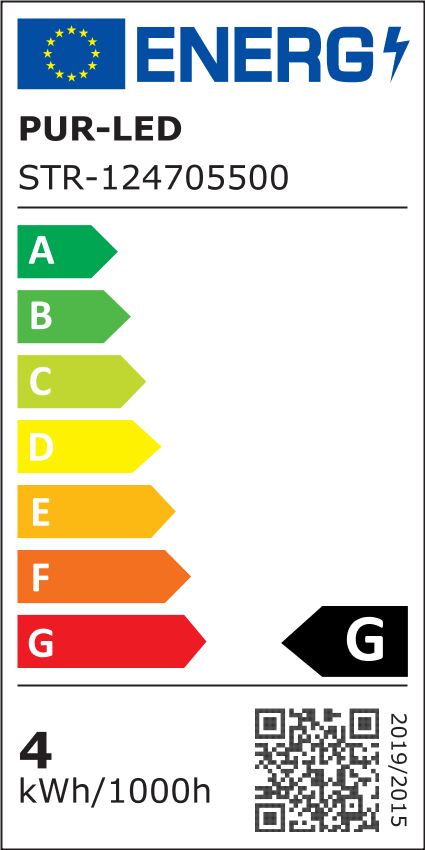What are the advantages of using flexible LED strips?
| The most important facts about using flexible LED Strips in brief: |
|---|
|
For which areas are flexible LED strips suitable?
Discover the versatility of our flexible LED strips and bring unique flair to any room! Our flexible LED Stripes are perfect for adding modern and stylish lighting to your home or business. Whether as a main light source or as discreet accent lighting - with the flexible LED strip light you can set the perfect scene in any environment. The flexible LED strip adapts effortlessly to every corner and angle, ideal for creative lighting concepts in hotels, restaurants or simply in your home. Use the flexible LED strips also for safety lighting or path guidance and create an inspiring atmosphere with the flexible LED strips. Whether for highlighting architectural details or as atmospheric lounge lighting, our led strips open the door to endless design possibilities.
LED project with LED strip planned? --> Click here for the non-binding check and inquiry form.

